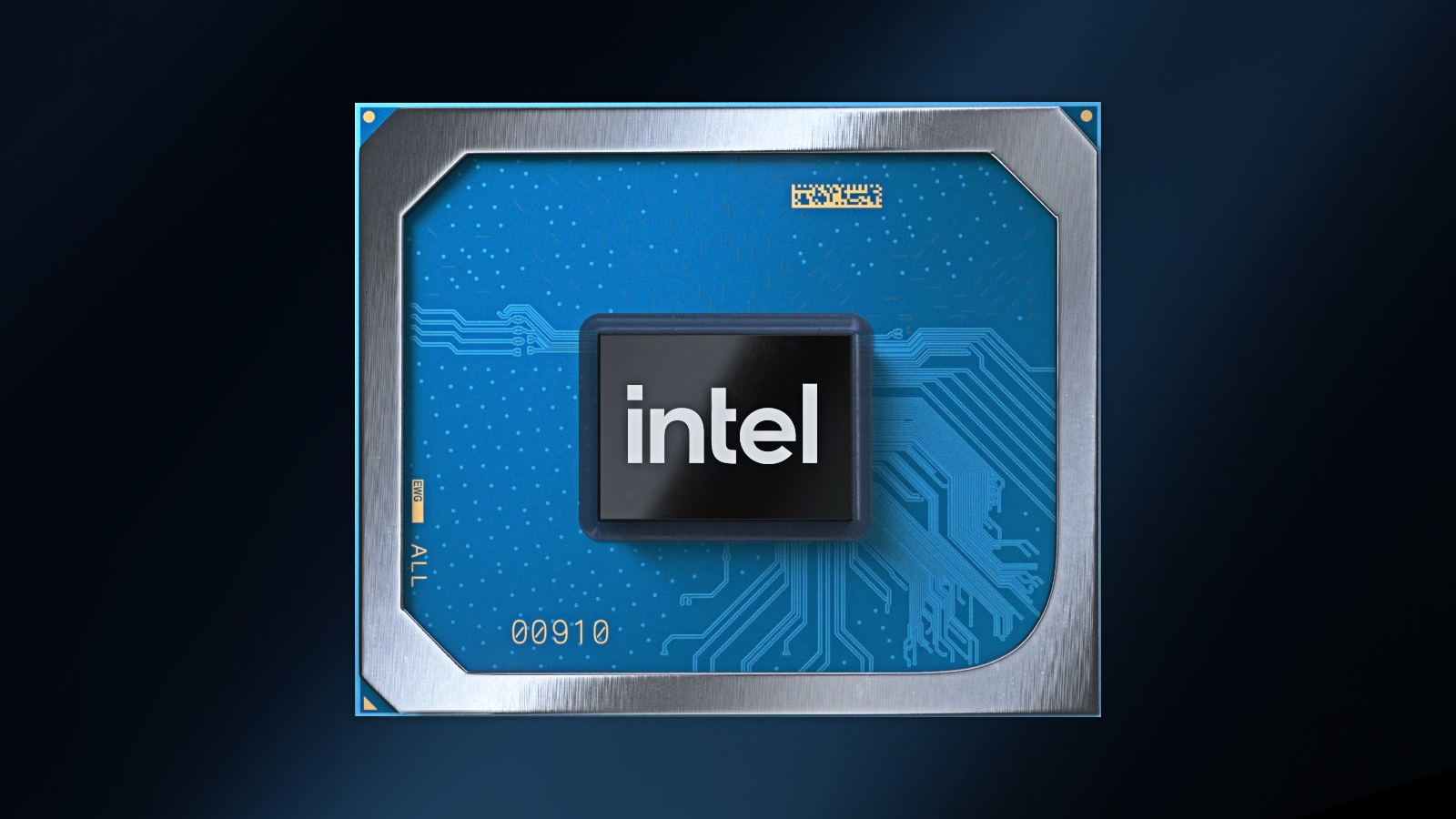Listings in two benchmark databases reveal that Intel, or perhaps a company close to the chip giant, seems to be testing a rather mysterious unannounced graphics processor that has slightly more compute horsepower than the company’s Iris Xe Max discrete GPU for notebooks.
Someone has submitted benchmark results of what is called the Intel Gen12 Desktop Graphics Controller featuring 128 execution units (EUs), clocked at 1.40 GHz, and equipped with 3.03GB of memory. Given the ‘Gen12’ designation, the GPU is based on Intel’s Xe-LP microarchitecture as other Xe microarchitectures are referred to as Gen12.x in the drivers. Since Intel’s Xe-LP EUs are 8-wide, 128 EUs may be compared to 1024 stream processors of AMD or Nvidia GPUs.
So far, benchmark results of the Intel Gen12 Desktop Graphics Controller with 128 EUs have been submitted to Geekbench 5 and SiSoftware databases, as found by TUM_APISAK/Twitter. The part scored 9,311 points in Geekbench 5 and 82 points in Sandra.
To date, Intel has released three products featuring its Xe-LP graphics: the 11th Generation Core ‘Tiger Lake’ processor with up to 96 EUs at up to 1,350 MHz, the Iris Xe Max discrete GPU for notebooks with 96 EUs at up 1,650 MHz, and the Server GPU with 96 EUs at up to 1.1 GHz.
The Iris Xe Max with 96 EUs is advertised as a standalone graphics processor for laptops and Intel has never disclosed plans to make it available on the desktop market. Meanwhile, when Intel started its ‘Odyssey’ discrete GPU marketing campaign back in 2018, it clearly announced plans to offer graphics cards for desktops in 2020 and even demonstrated a small Xe Graphics DG1 development board at CES 2020. Keeping these facts in mind, we can speculate that the Intel Gen12 Desktop Graphics Controller with 128 EUs could be an entry-level desktop GPU.
Assuming that the Intel Gen12 Desktop Graphics Controller with 128 EUs runs at up to 1.4 GHz, its compute performance will be around 2.86 TFLOPS, about 13% higher when compared to that of the Iris Xe Max running at 1650 MHz (~2.53 TFLOPS). That said, it is hard to expect such a discrete GPU to beat gaming graphics cards running chips from AMD or Nvidia. Meanwhile, Intel could market it as a co-GPU for certain tasks in some niche markets.
Intel has not officially announced an Iris Xe-LP GPU with 128 EUs. In fact, it is not even guaranteed that the product will actually be released. Nonetheless, it looks like Intel has something in the works.
